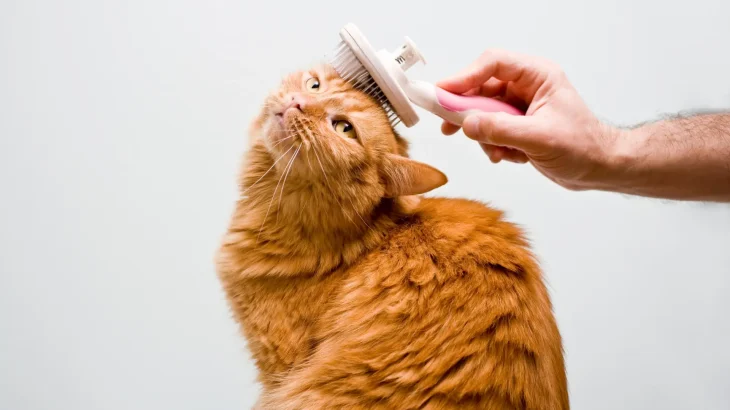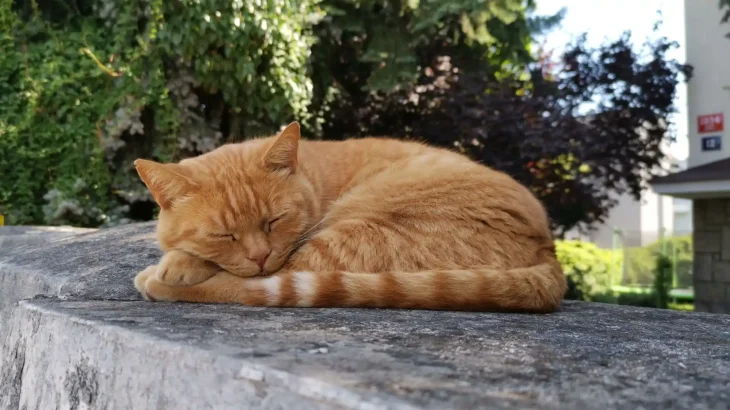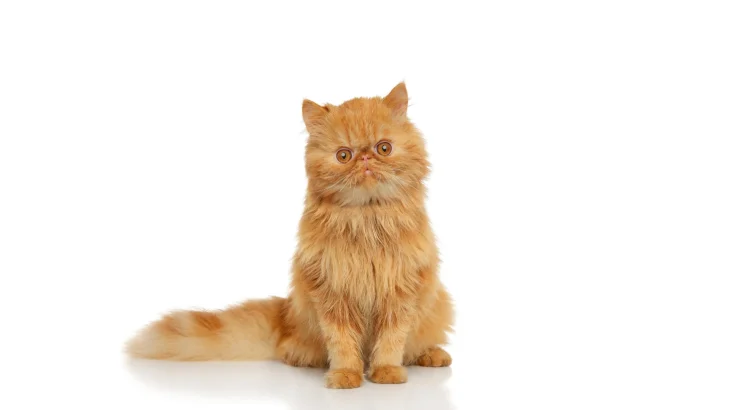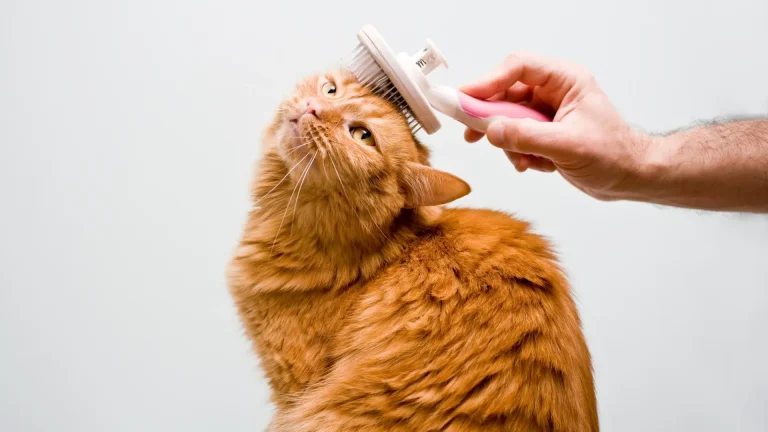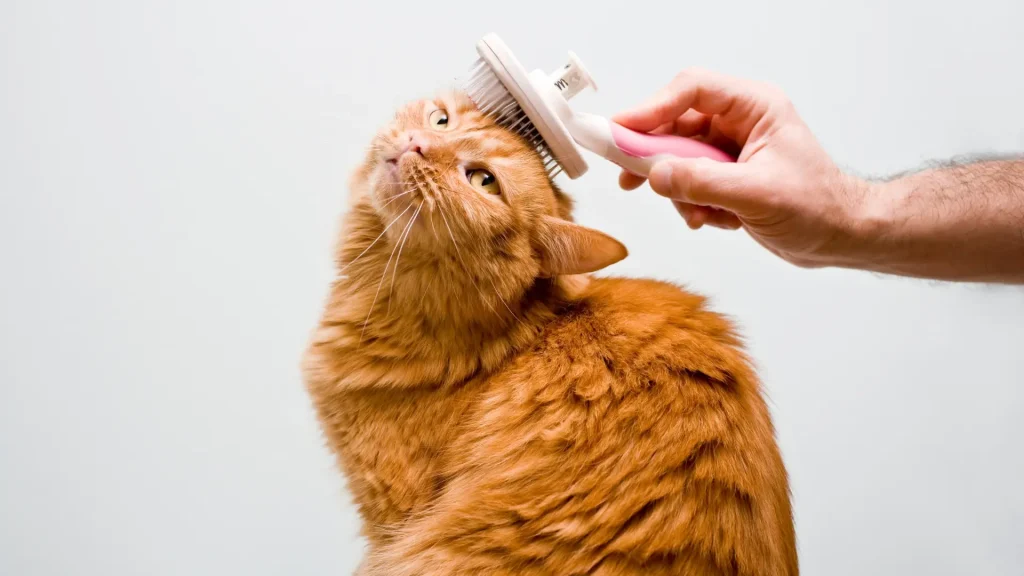Choosing between adopting or purchasing a Cymric kitten involves weighing accessibility against assurance. Buying from a breeder typically offers predictability in health and lineage, while adopting provides a chance to rescue a cat that may otherwise lack a home. Both options have unique benefits that cater to different priorities for potential owners.
| Criteria | Buying from Breeder | Adopting from Shelter/Rescue |
|---|---|---|
| Cost | Generally higher, reflecting purebred status and breeder expenses. | More affordable, with fees often covering basic veterinary care. |
| Health History | Thorough health screening and genetic background provided. | May have limited or unknown health history; basic checks performed. |
| Age Availability | Usually limited to kittens, ideal for raising from a young age. | Variety of ages available, including mature cats. |
| Temperament Insight | Breeders may offer insights on typical breed temperament and lineage traits. | Behavior observations available, but history often incomplete. |
| Supporting Practices | Supports ongoing breeding programs; choosing ethical breeders is crucial. | Supports animal welfare by providing homes to cats in need. |
| Breed Purity & Pedigree | Guaranteed purebred status with pedigree documentation. | Breed purity often uncertain or mixed. |

